Concrete blocks are innovative building products that are used as substitutes for traditional bricks in building construction. They have an inner void area which is greater than 25% of their gross area and are available in various sizes and shapes.
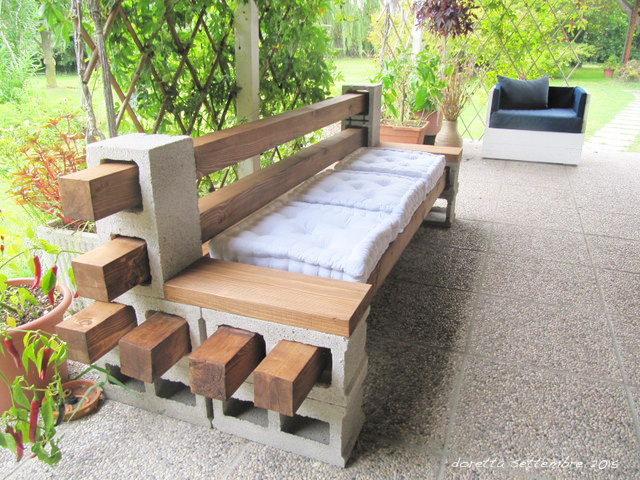
Concrete blocks are machine-made and unaffected by weather conditions unlike the red bricks. They are used extensively in several Asian countries and worldwide, but in Bangladesh, the use of blocks is still limited due to lack of awareness about the product.

Concrete blocks are mainly used for their durability, low cost, speed of construction, and eco-friendliness besides others.
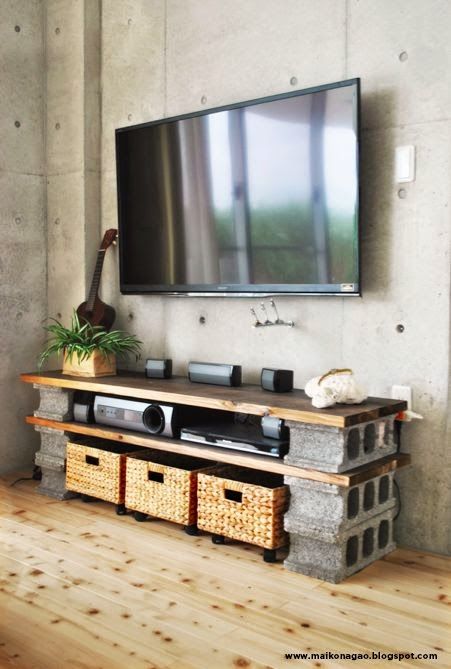
One of the major advantages of concrete hollow blocks is their high durability. Concrete hollow blocks are compacted by high pressure and vibration, which make the blocks very strong and able to withstand a high level of loading.
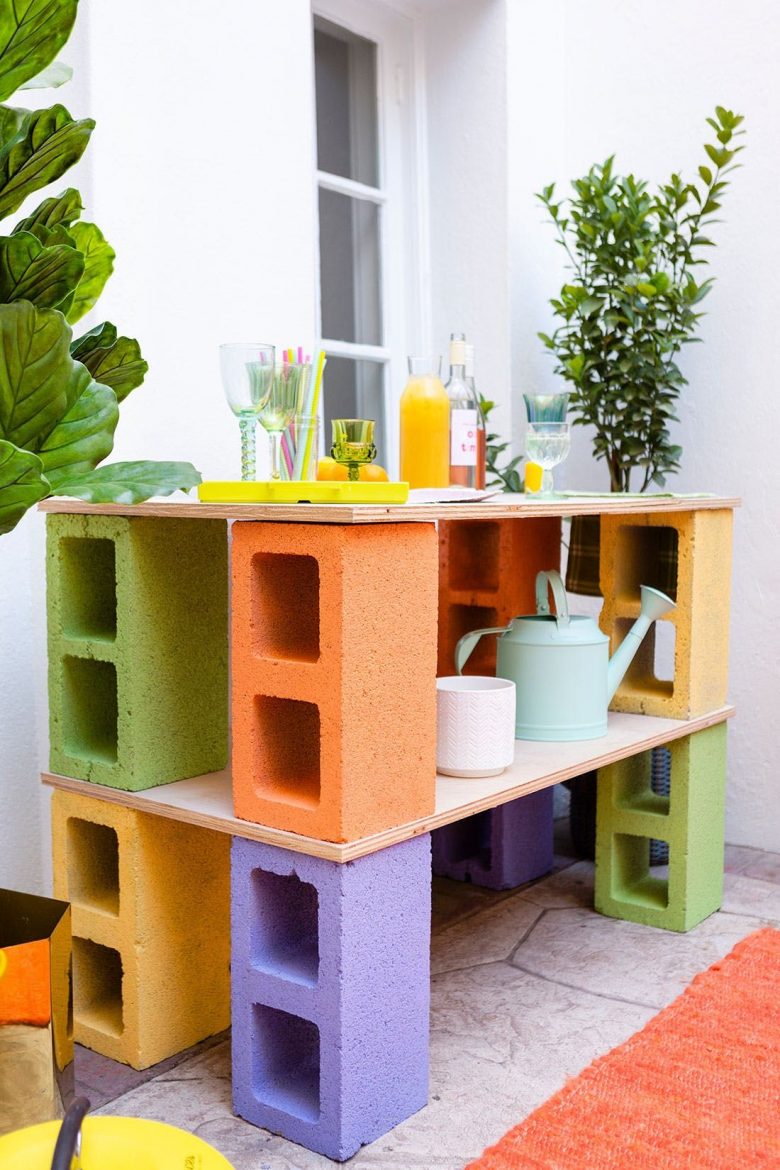
They also have high fire resistance and no salinity which reduces their maintenance cost.
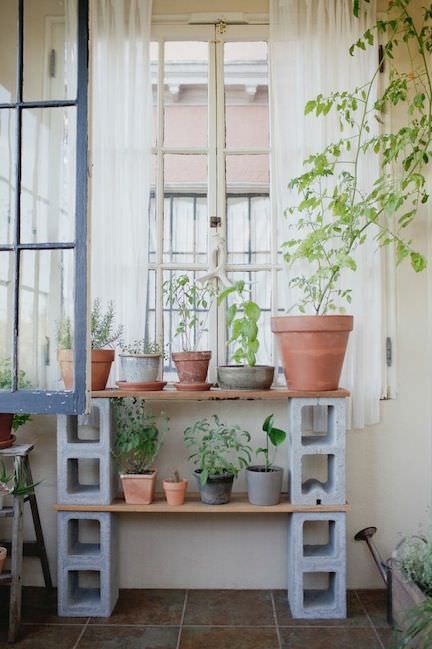
It also decreases the cost of the structural design of the building due to its light weight, which shrinks the size of structural members of both the foundation and superstructure. Hollow block construction also requires less mortar and saves labor hours, reducing both mortar and labor costs.

A building made of concrete hollow blocks provides comfortable interiors due to thermal insulation. The air in the hollow block does not allow outside heat or cold in the building, keeping your home cool in summer and warm in winter.
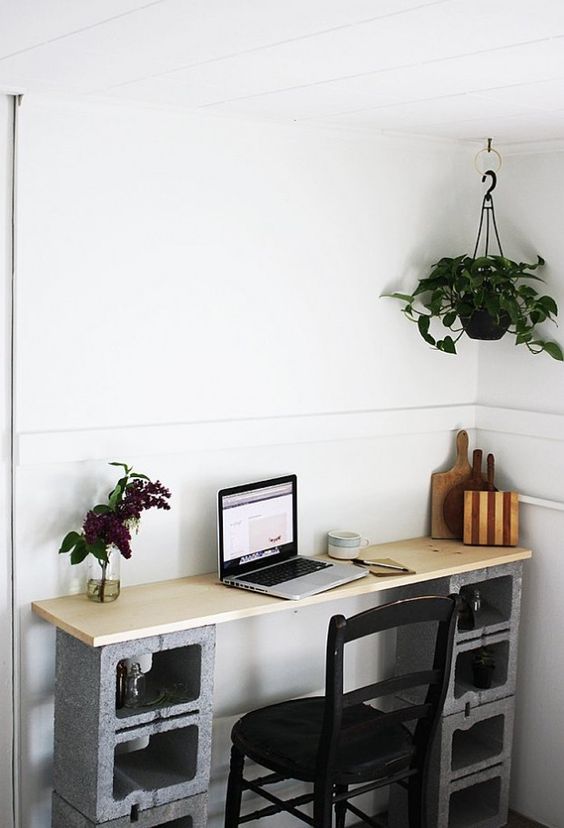
Concrete hollow blocks are very environment-friendly. Unlike traditional brick manufacture, which releases harmful fumes, hollow blocks are machine-made, thus saving our environment.
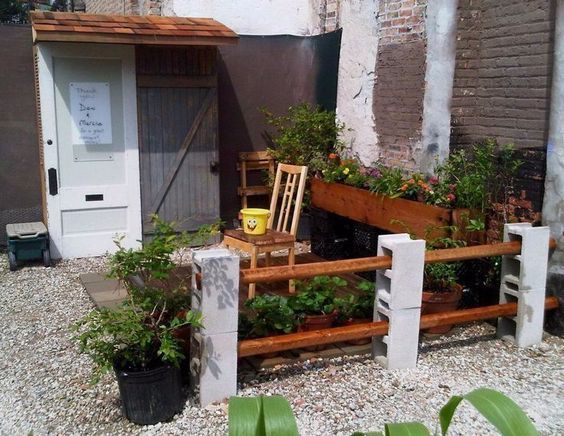
These are also energy efficient building materials because of their insulating properties, thereby reducing energy consumption, and helping to build a green city for the future generations.

Another major advantage of concrete hollow blocks is that they offer superior earthquake resistance. This is owing to their light weight, which reduces the building load significantly.
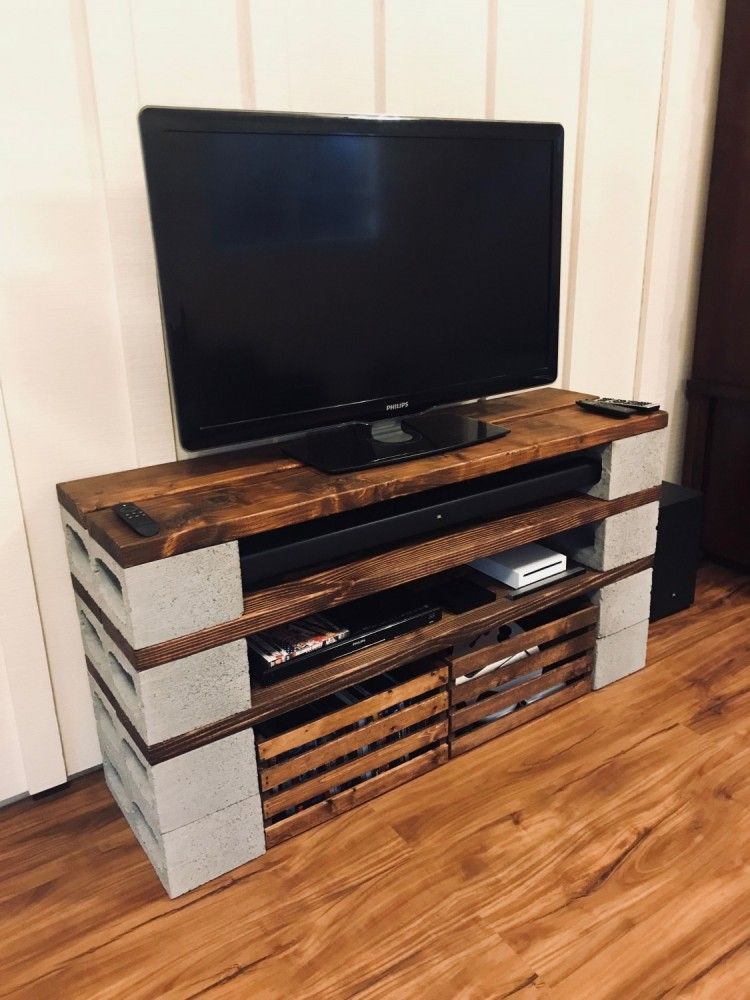
This provides a stable foundation and makes it resilient to natural hazards like earthquakes. Their uniformity also reduces vulnerability during natural disasters giving you a safe haven.
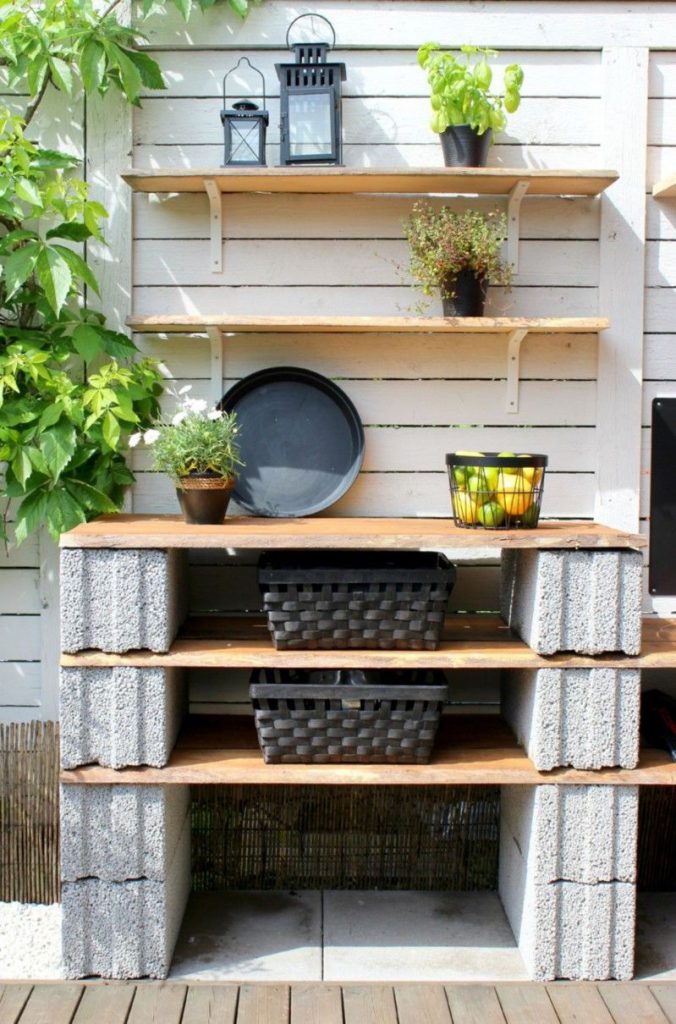
.
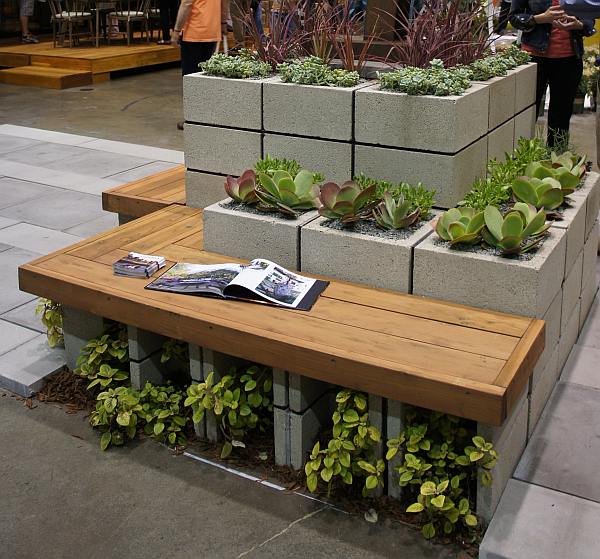
.
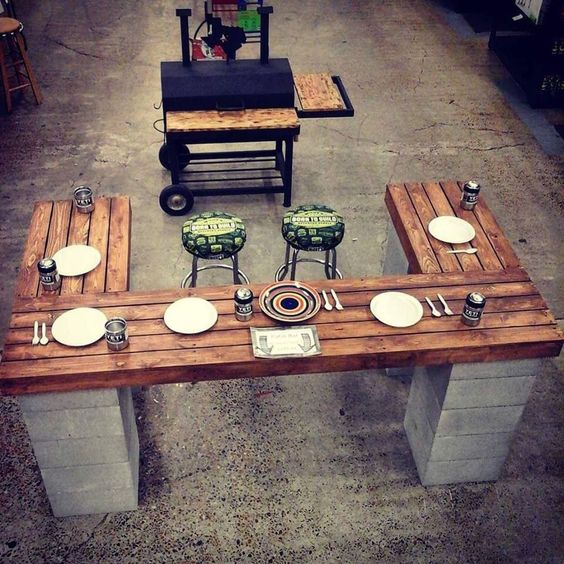
.
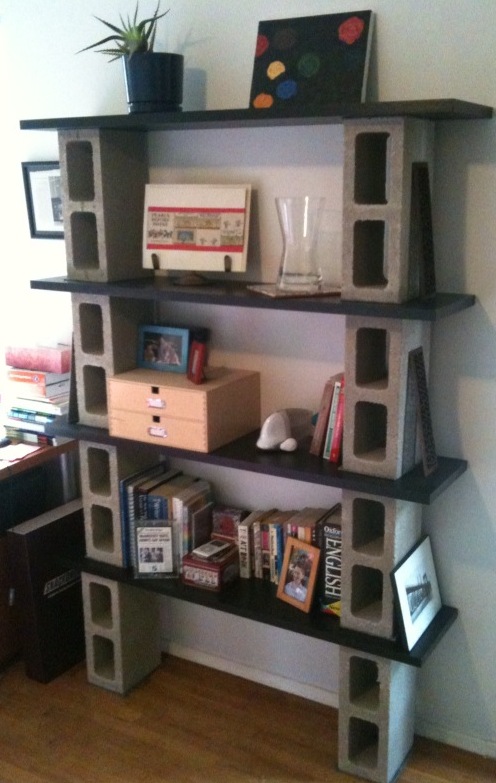
.
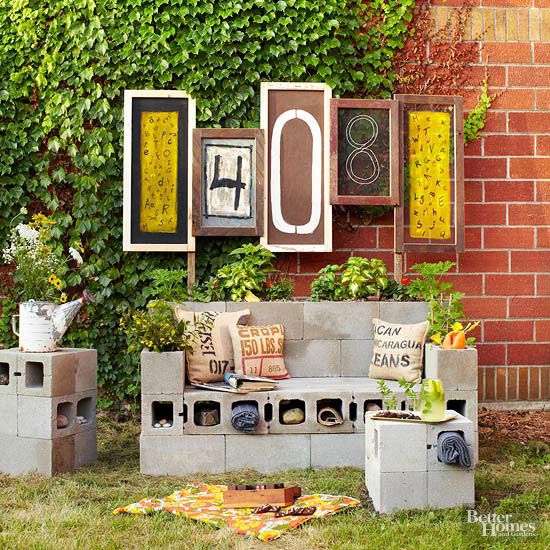
.
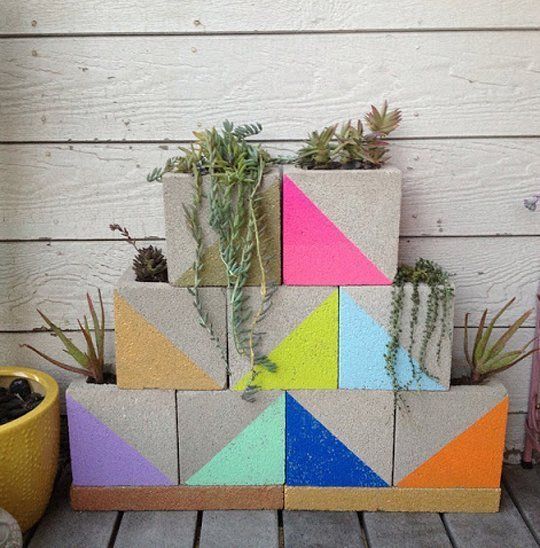
.

.
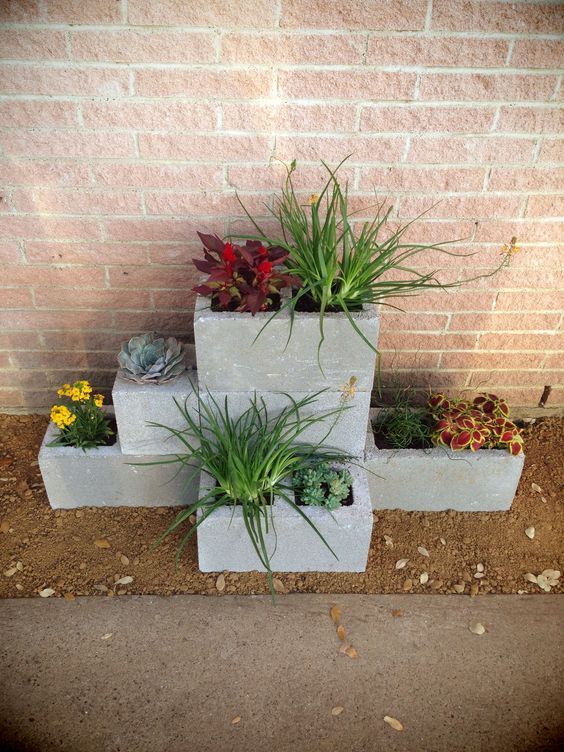
.
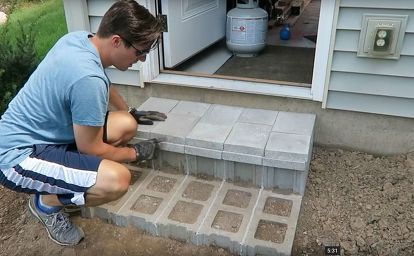
.
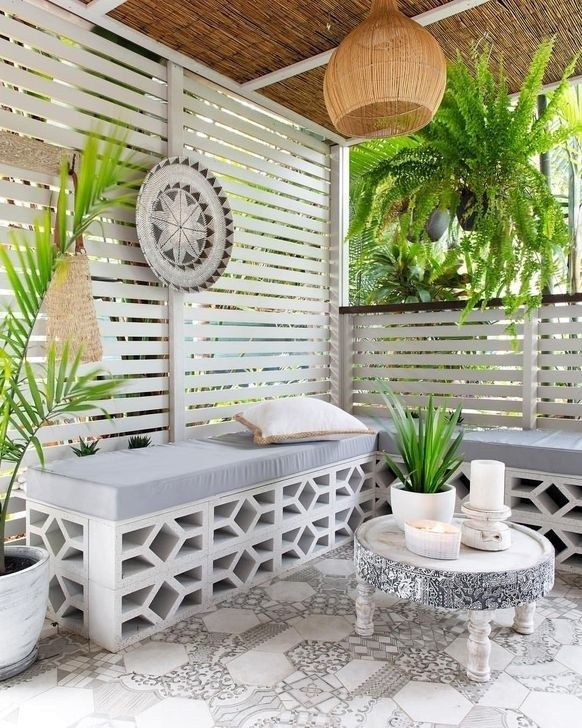
.
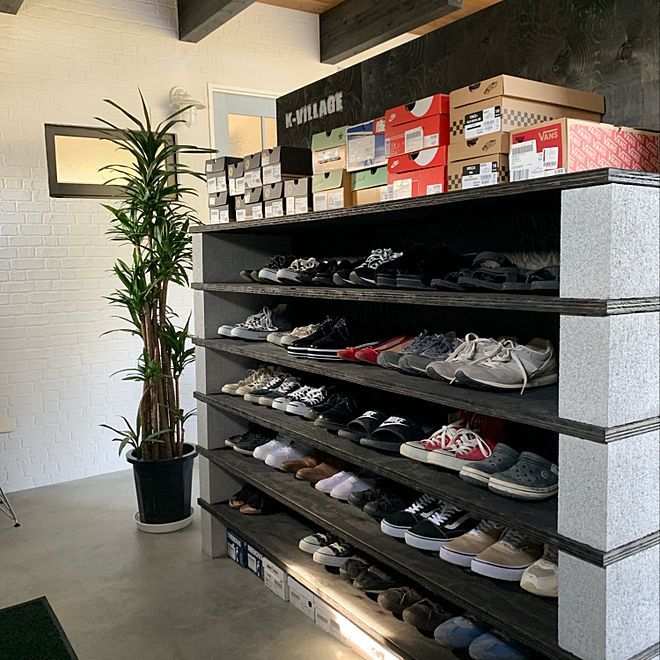
.
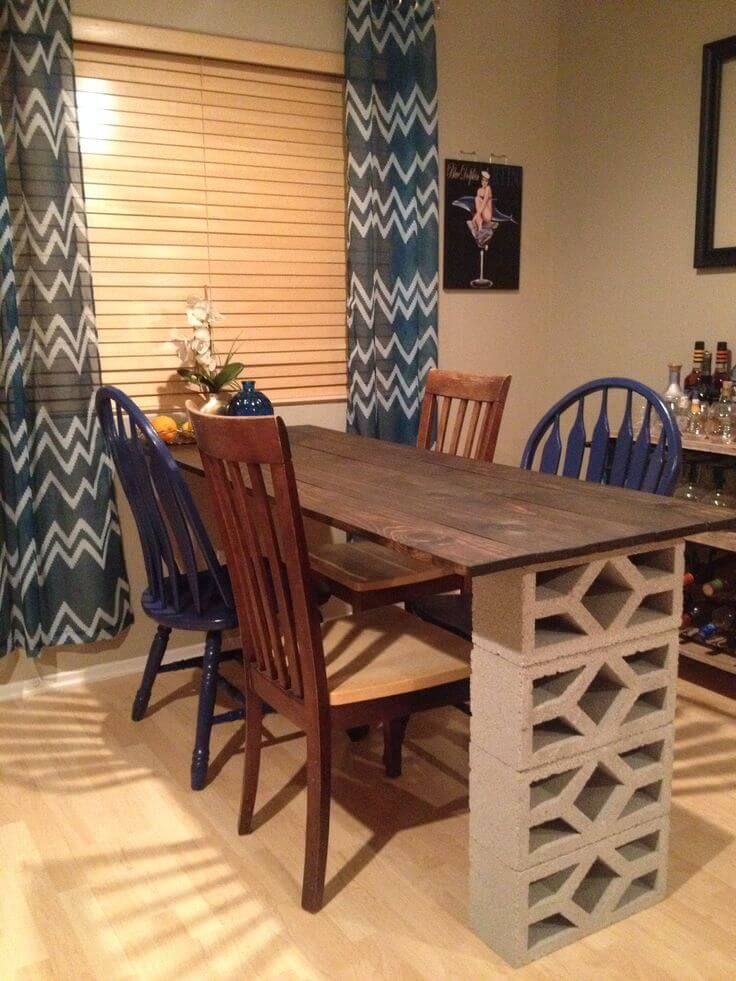
.
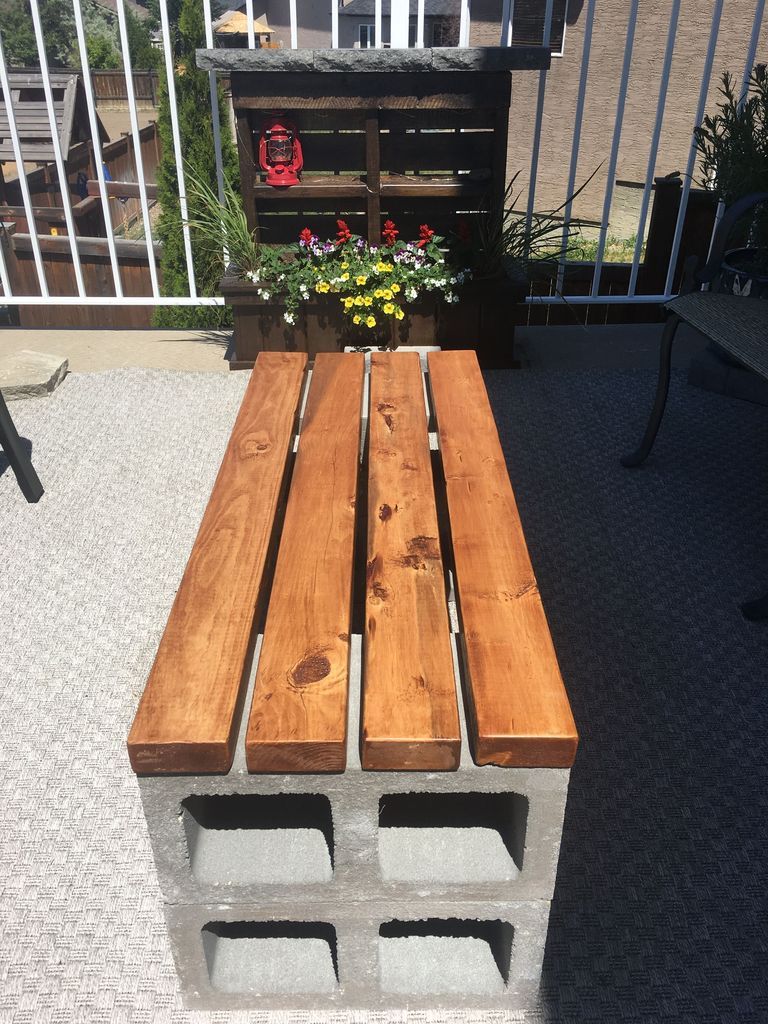
.
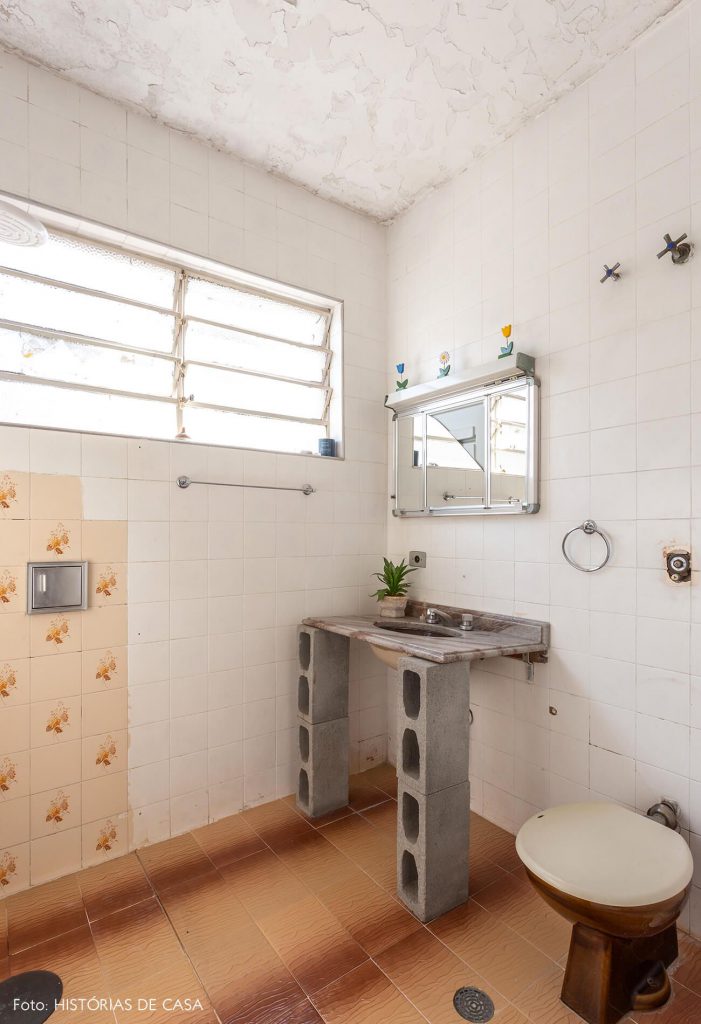
.
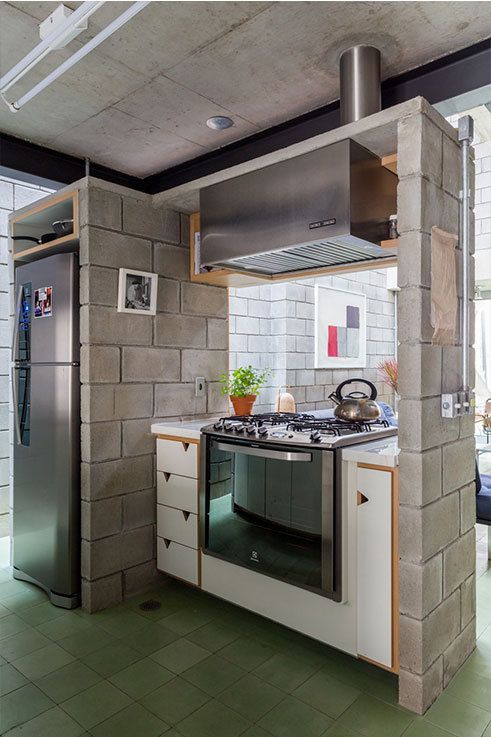
.
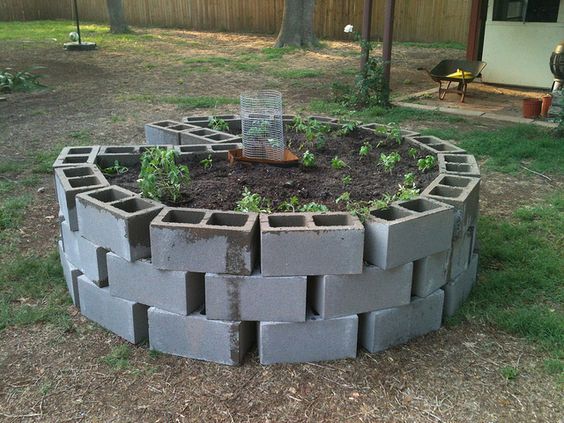
.
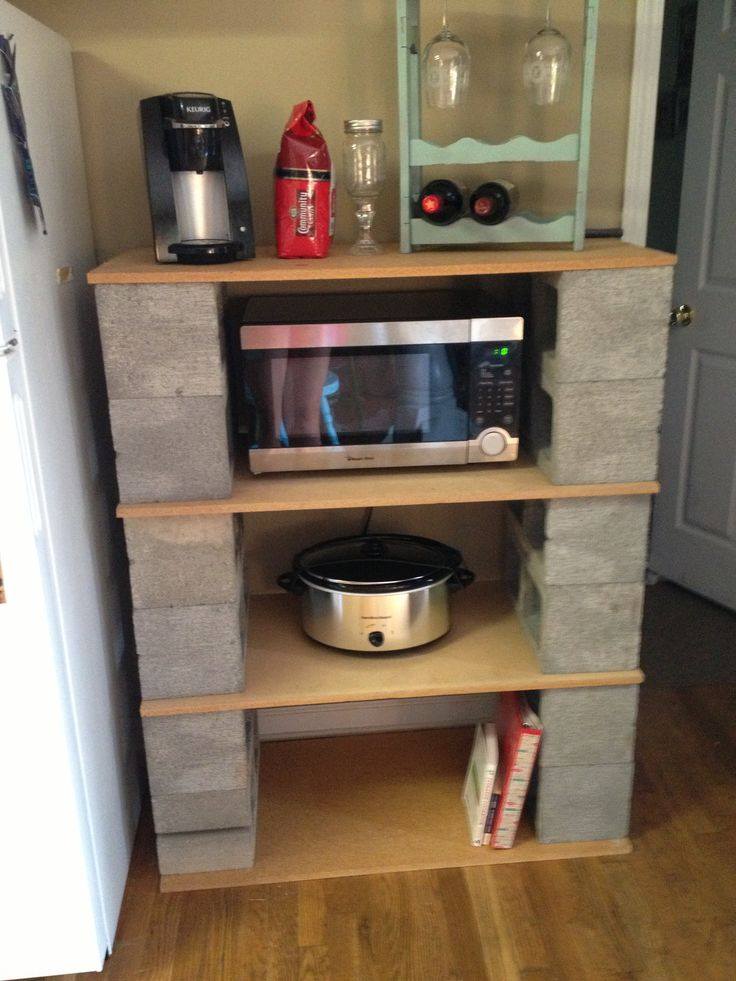
.
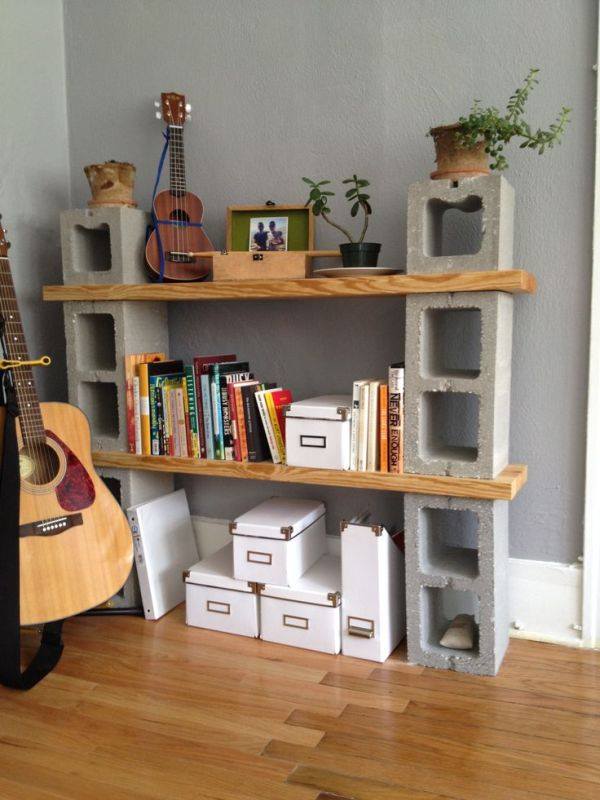
.
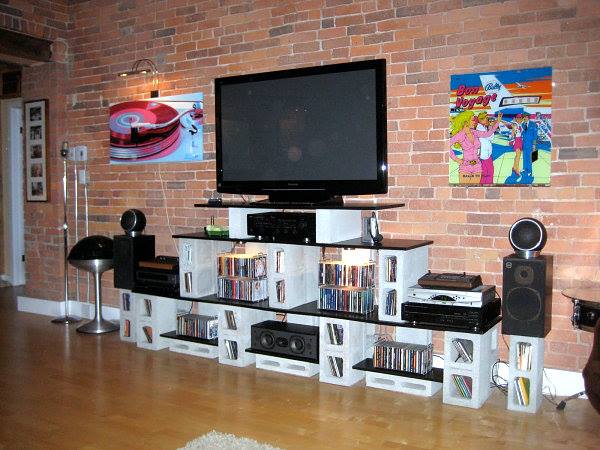
.
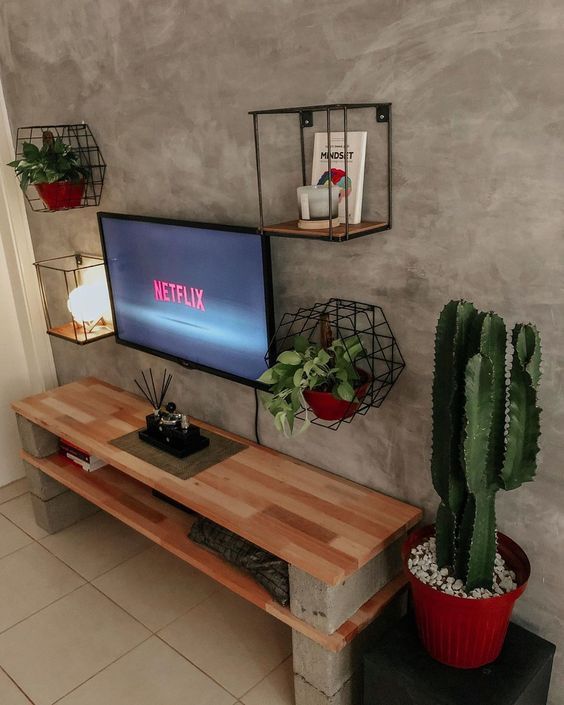
.
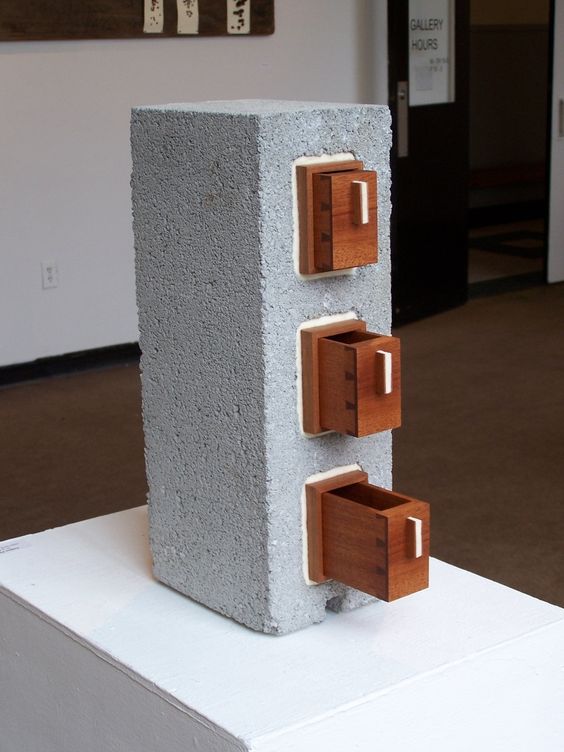
.
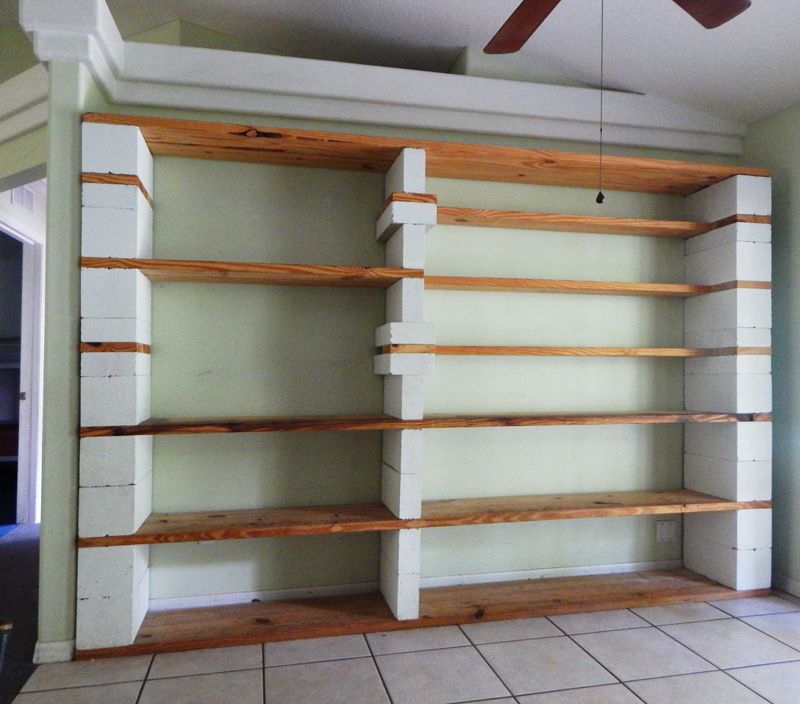
.
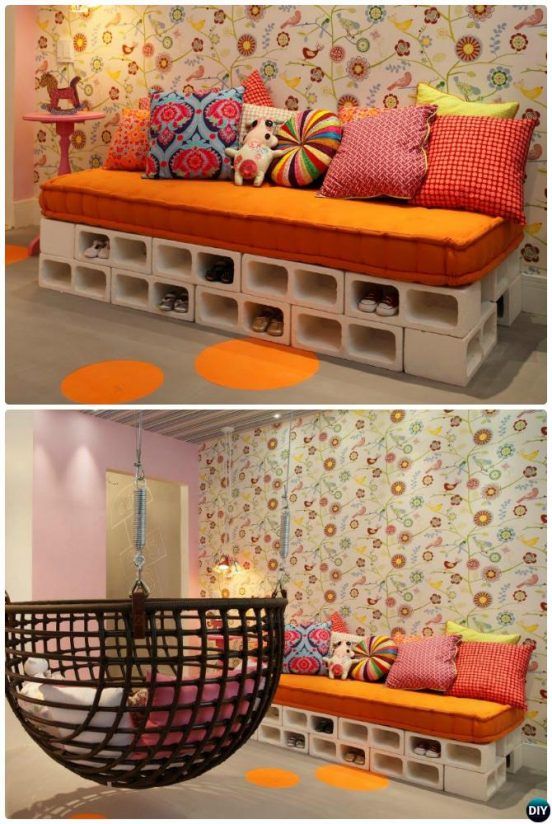
.
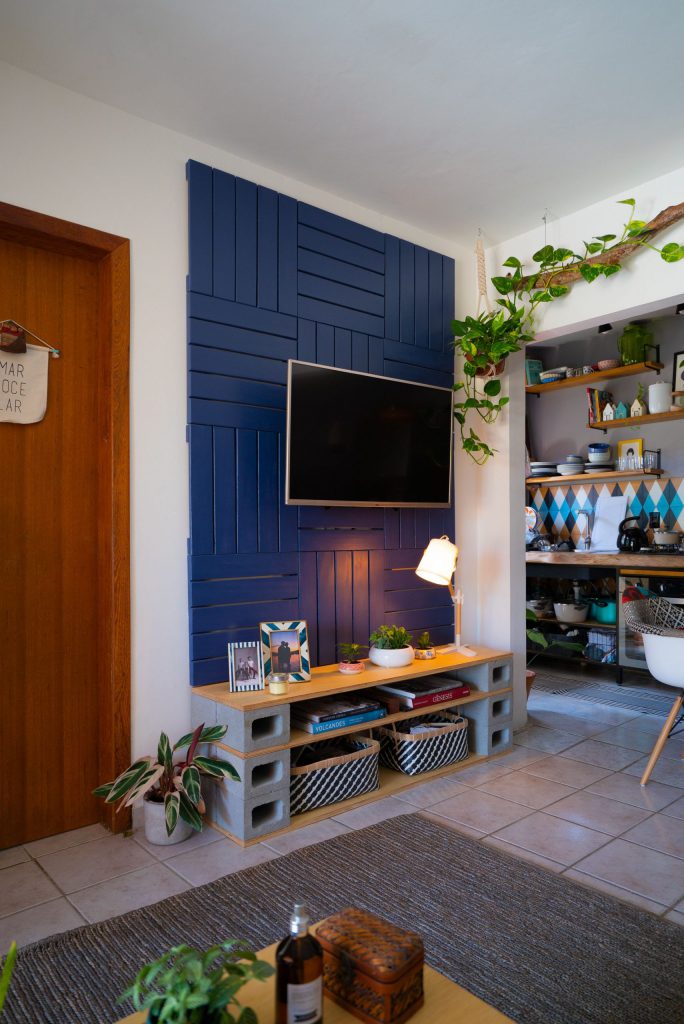
.
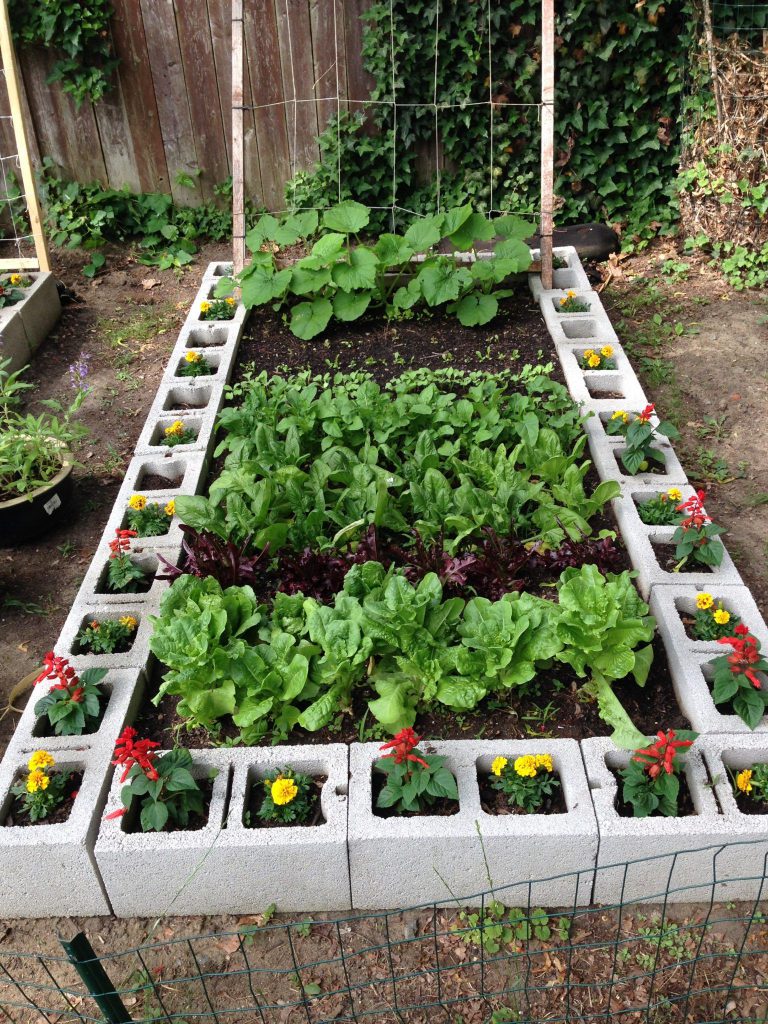
.
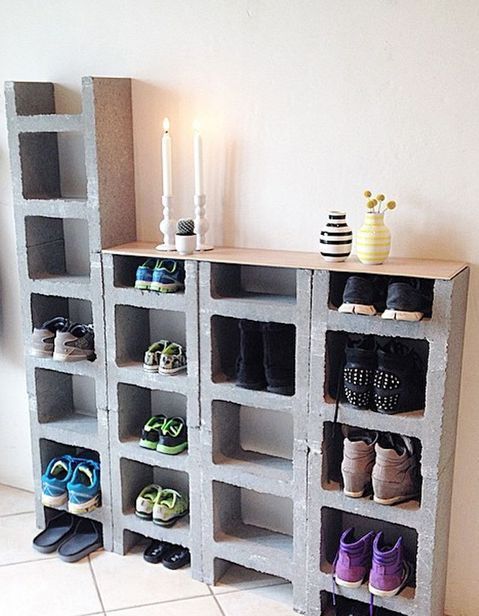
.
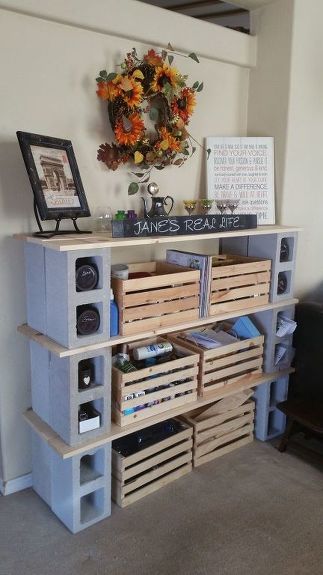
.
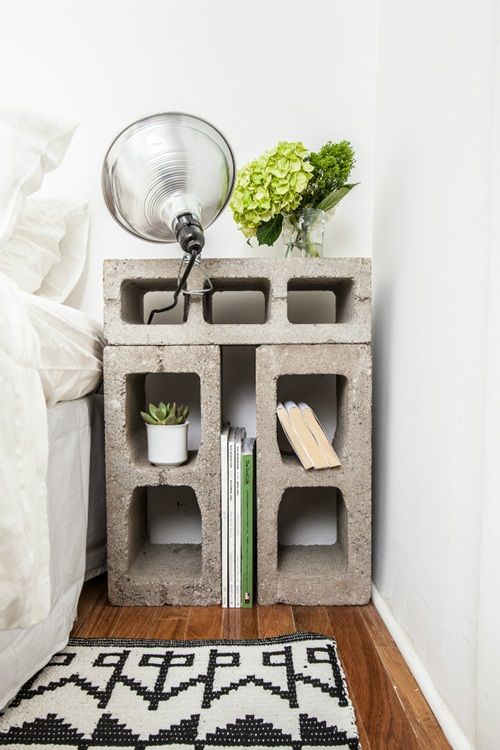
.
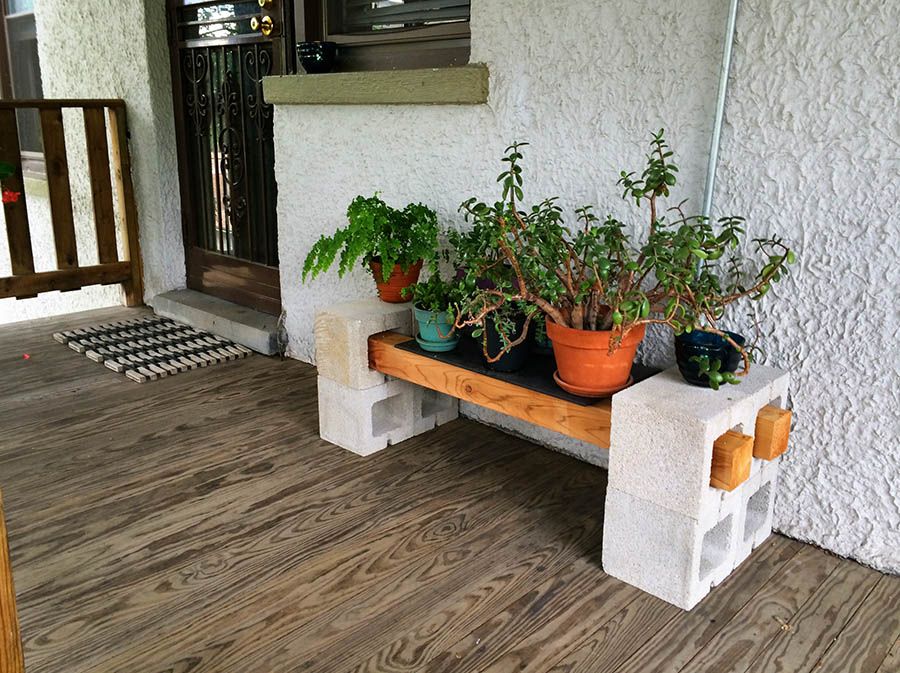
.

.

.
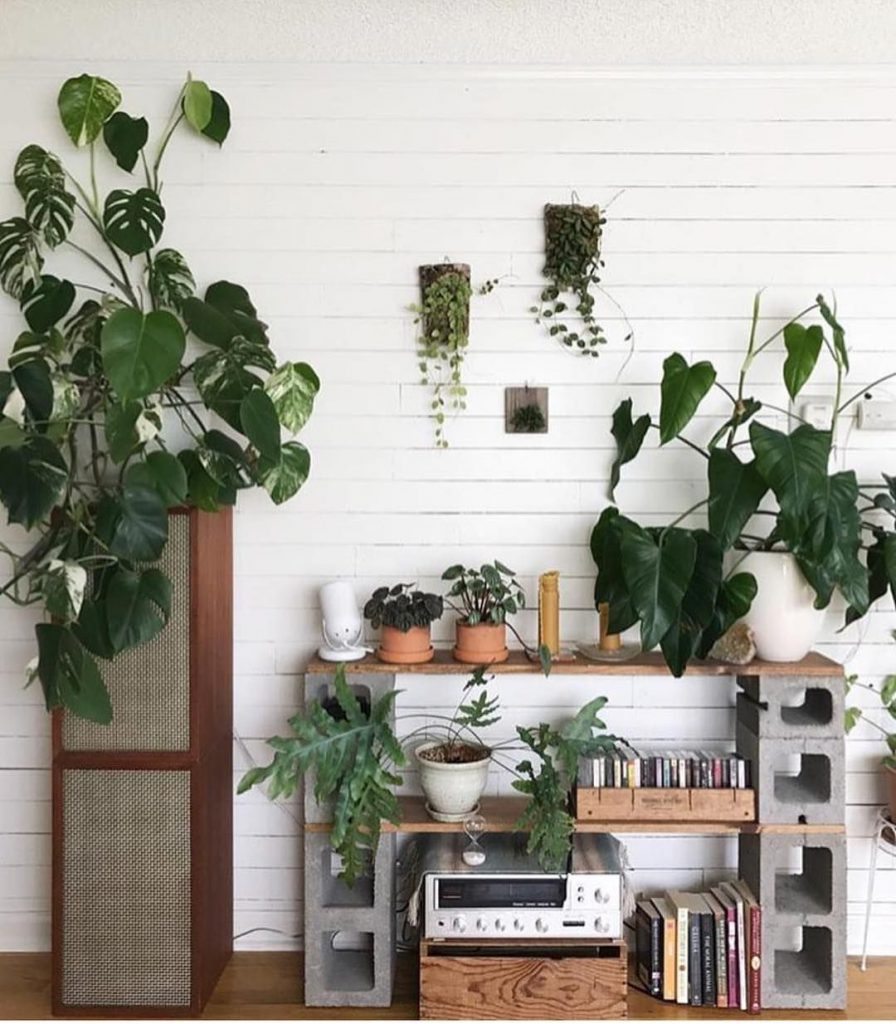
.
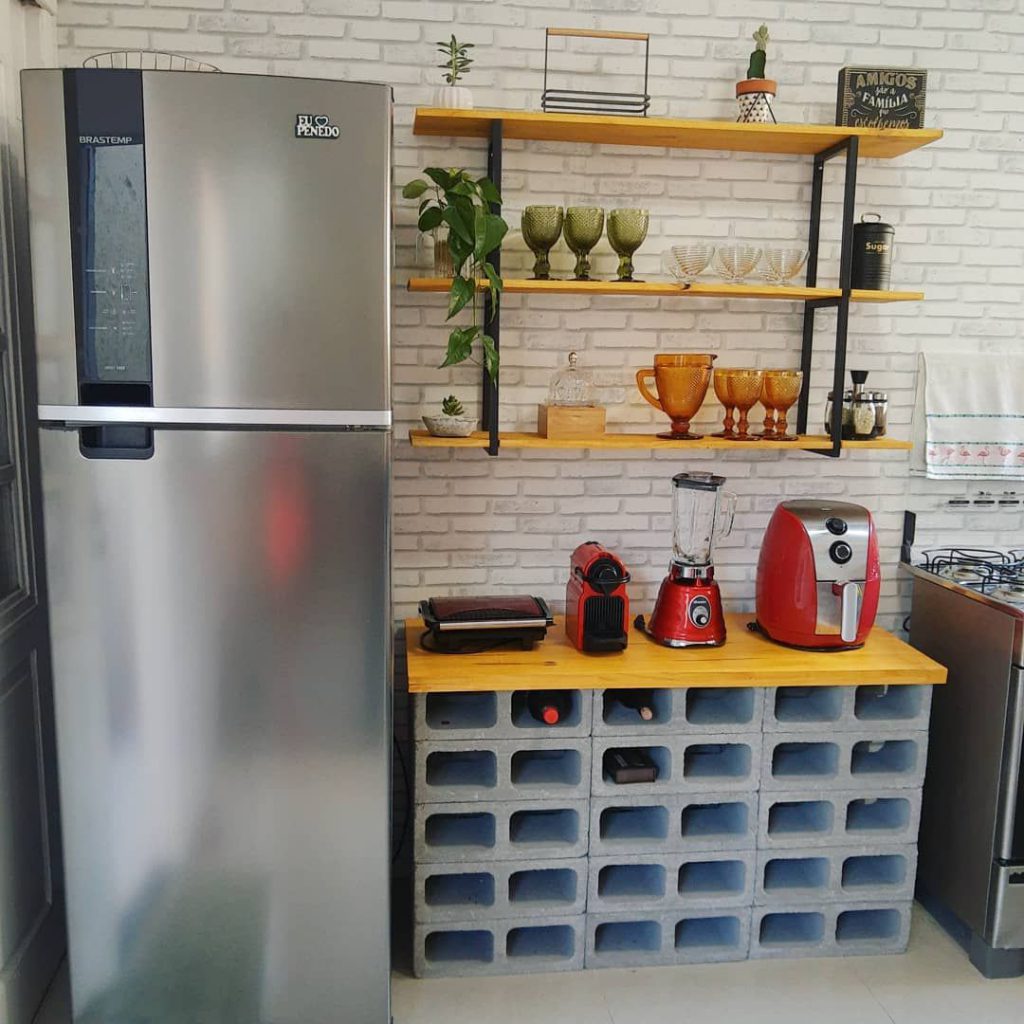
.
.